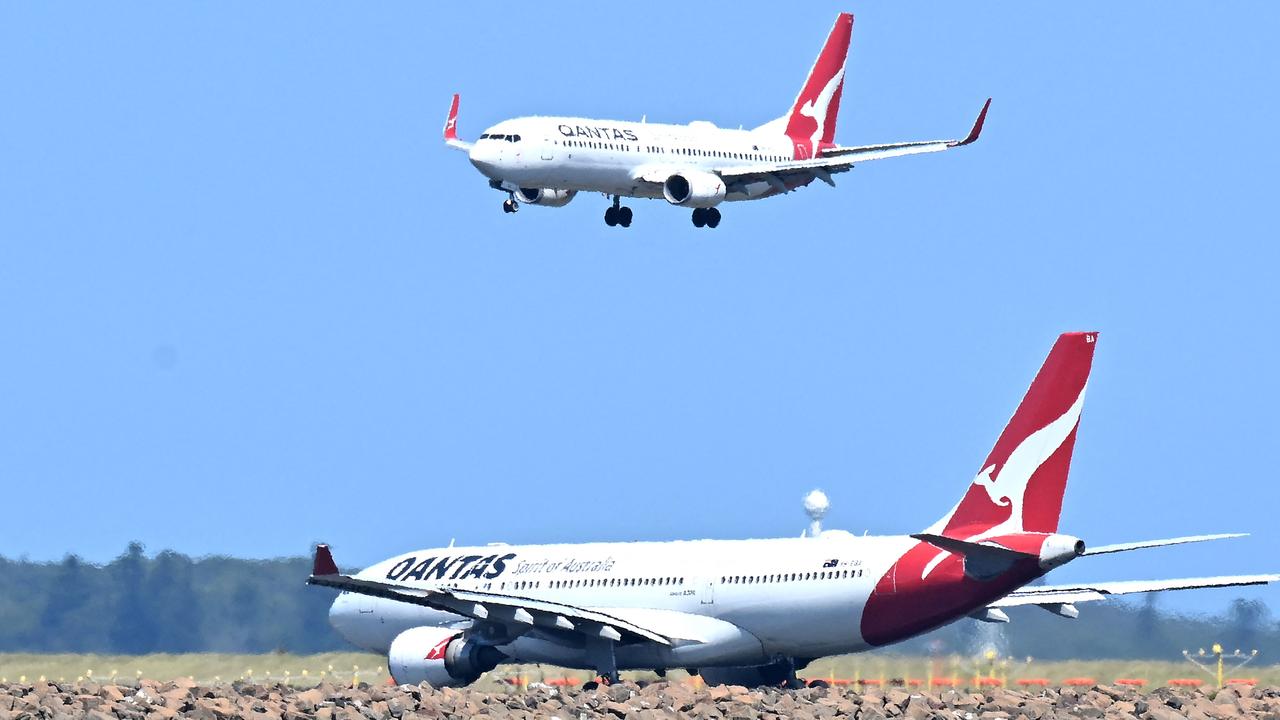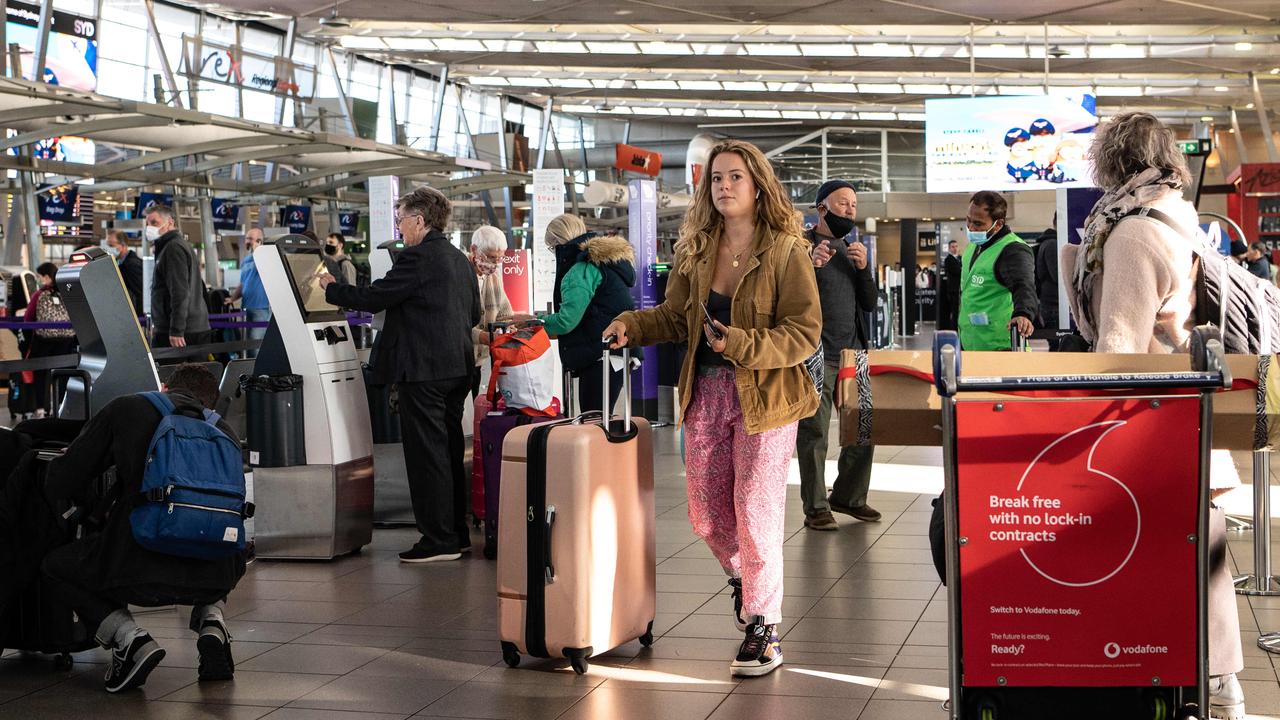The legacy of Warsaw's most famous son lives on in the Polish capital
FROM the moment you arrive in Warsaw, you begin to realise the legacy of one Frédéric Chopin.
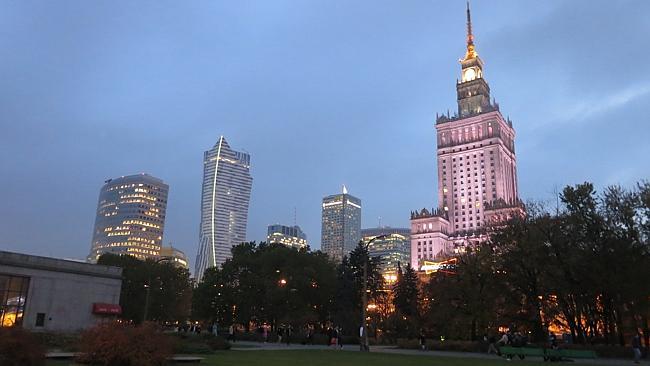
Travel
Don't miss out on the headlines from Travel. Followed categories will be added to My News.
FROM the moment you arrive in Warsaw, you begin to realise the legacy of one Frédéric Chopin, regarded as a native of that city even though he spent the last half of his 39 years in exile in Paris…..hence the French spelling of his name. Today, there's no doubt that Chopin is firmly ensconced as one of the great romantic composers of all time, and Warsaw doesn't let you forget that.
Arriving at Frédéric Chopin Airport, you already get the sense that music is going to be an important part of any visit. Posters everywhere promote concerts, opera, recitals, jazz clubs and churches with choral services. The friendly and helpful crew at the Tourist Information office equip you with maps and suggested itineraries, and off into the cool October day you go, wondering what's in store.
The answer: plenty. For Warsaw has an extraordinary history that will fascinate most Australians because it's been one invasion and occupation after another, sandwiched as Poland is between past and present major powers such as Germany, Russia, Belarus and Ukraine as well as the previous Austro-Hungarian Empire and Lithuania. Poland's recent history is one of terrible oppression by the Nazi regime followed by the outcome of the World War II which gave the Soviet Union control of the country, until independence in 1985.
The result, pervasive across all of today's Polish society, is a rather intense nationalism the visitor will feel when talking to tour guides, hotel staff, shopkeepers and even people you meet on the tram, who mostly speak English and are happy to engage with foreigners. There's immense pride in Poland's achievements in the arts, medicine (Marie Curie was, like Chopin, an exiled Pole), literature and science. There's even admiration for the long-deposed monarchy who presided over the construction of many beautiful palaces, buildings and monuments. "Polishness" is clearly a meaningful statement of identity in the 21st century which, as Australians, we can only admire.
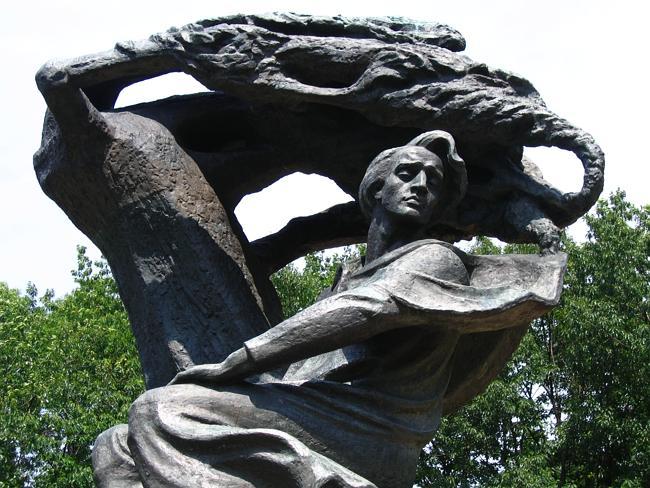
A walking tour of Warsaw is a fine way to feel the throb of the city's heartbeat. You'll be guided around the Old Town and the New Town, marvelling at the reconstruction of the Royal Castle, squares and houses that were completely levelled during WWII and rebuilt in the Soviet era. A visit to the Historical Museum of Warsaw will bring this to life with photographic clarity and a sense of disbelief that like a phoenix, Warsaw has risen from the ashes of catastrophe to become a modern thriving city.My tour guides Agata and Kuba were young and passionate. They took me to parts of the town not normally visited by tourists, such as the Praga district across the Vistula River. It's apparently "off limits" at night, but in daytime is a melange of old factories, warehouses and apartment buildings now being renovated and transformed into creative studios, cafés and markets.
However, one of the most emotive components of any Warsaw tour is to understand the "Jewish experience". It's widely known that in WWII the occupying German forces forced the Jewish population of about 400,000 into a walled ghetto area of no more than 3.5 sq.kms. Of those, about 250,000 were deported to extermination camps such as Treblinka and most of the remainder starved to death. A visit to the Museum of History of the Polish Jews and a walk along the traces of the former ghetto area and fragments of the wall will bring these events to horrifying life. This was enough for me; I chose not to visit Treblinka but this is an optional extra for most tours.
Another moving experience awaits at the impressive Warsaw Uprising Museum which chronicles the struggles of the Polish people against Nazi occupation in 1944, when WW2 was clearly in its death throes and the Soviet Army was advancing. The Polish Resistance movement, hoping to overcome the Germans and declare Polish independence before the Soviets arrived, suffered massive losses and savage retribution leading to the demolition of 85% of the city.
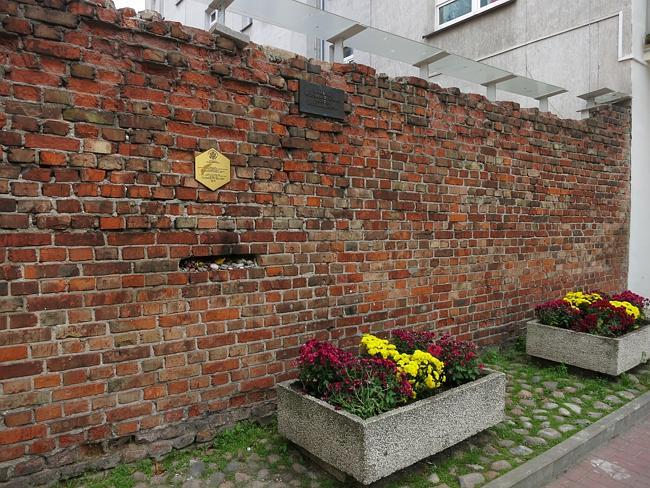
Getting away from the darker side and back to music, a visit to the Chopin Museum is totally rewarding and uplifting. Housed in an old mansion near the Old Town, the refurbished building was opened in 2010 and contains rare original manuscripts and instruments of interest to scholars and musicians; for the rest of us mere "music lovers", there are interactive displays and audio visual consoles where you can listen to just about every one of Chopin's compositions. There's an emotional connection between his music and Poland's history which is palpable, and the visitor will come away feeling inspired by the beauty of the music and the tribulations of the Polish people, both before and after his time. For Chopin was a true nationalist, no matter where he lived.
Other musical events abound in Warsaw. During this visit, we were honoured to see a performance of the Mozart Requiem [coincidentally on the 164th anniversary of Chopin's death] by the Sinfonia Varsovia and a choir and soloists of the highest standard. By far the finest interpretation of this work we have ever heard, and an unforgettable experience in the magnificent Holy Cross Church with its resonant acoustics.
Overall, the first time visitor to Warsaw cannot fail to be moved by the resilience of the Polish people, their patriotism and their culture forged through hardship and courage. It's a journey that Australians will appreciate.

